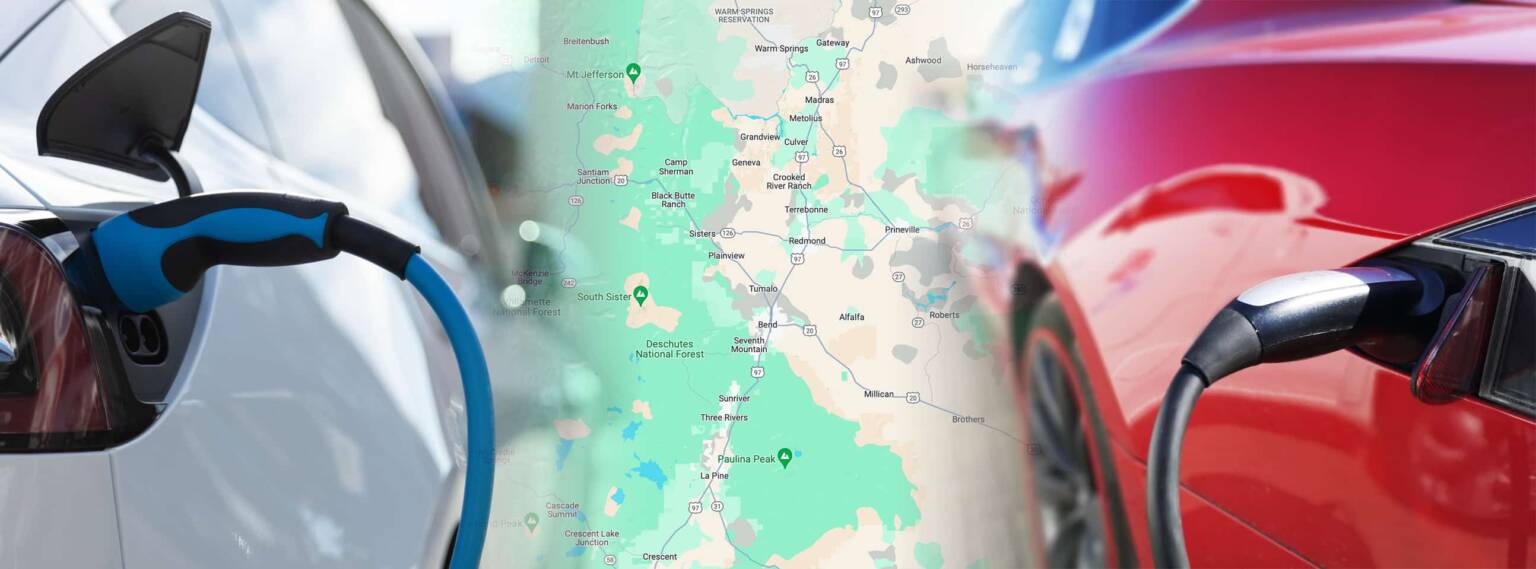In the context of sharing my perspective on the evolving emissions scenario in Oregon and the City of Bend, it’s crucial to acknowledge the subjective nature of this blog. As someone deeply invested in the community’s well-being, it’s imperative to collectively address the escalating concerns related to environmental and health impacts. This isn’t merely an issue for current residents; it’s a clarion call for action to ensure a sustainable future for Bend and the generations to come.
The persistent combustion of fossil fuels, such as coal, oil, and natural gas, is a primary driver of human-induced climate change. This ongoing emission of carbon pollutants into the atmosphere contributes to elevated average temperatures, leading to more pronounced and volatile weather patterns, including warmer, wetter winters and hotter, drier summers. A recent global report issued by researchers underscores the urgency of significantly reducing greenhouse gas emissions to avert catastrophic climate disruptions by 2100. Oregon has already experienced the consequences of this crisis in the form of prolonged and intensified wildfire seasons, drought, and a deadly heatwave in June 2021, all unequivocally linked to climate change according to scientific findings. In light of this escalating climate crisis, Oregon passed the Clean Energy Bill in 2021, signed by Gov. Kate Brown setting an ambitious plan to become 100% electrification. The bill requires Portland General Electric and Pacific Power to submit plans to reduce emissions by 80% from a baseline amount by 2030, 90% by 2035, and 100% by 2040.
52% of City of Bend emissions come from buildings. Of this, over one-third stems from burning fossil fuels. Despite the progress in decarbonizing other sectors, these emissions have not decreased since 2016.
Statistics show that 66% of Oregon homes burn fuels on-site for cooking, heat, or hot water. And 68% of commercial buildings in the Pacific region burn fuels on-site. With Technological advancement, heat pumps have replaced fuel burning, thereby reducing emissions by 84% and 82% when compared to gas furnaces and Gas water Heaters.
Over the past few years, Gas pipings have started to sprawl and have become prone to gas leaks, posing safety risks to the climate and individuals. Gas equipment and pipelines leak methane, a greenhouse gas 30 times more potent than carbon dioxide. Transitioning to an electric system is not only cost-effective and efficient but also a step towards a zero-carbon future.
Electric Heat pumps are efficient because they move heat rather than make heat. In winter, an electric heat pump gathers warmth from the air or ground and moves it indoors. That flow is reversed to cool buildings in summer by moving heat outdoors. Electric Heat pumps can replace both a furnace and an air conditioner. They are also used in water heaters, clothes dryers, and other appliances.
Gas stoves release harmful pollutants like carbon monoxide, nitrogen dioxide, and formaldehyde into our homes. Despite decades of evidence on the health risks of cooking with gas, no standards or regulations exist. Households can reduce their pollution exposure by cooking on back burners, using range hoods, or opening a window. However, gas stoves can leak chemicals, including benzene, a known carcinogen, even when turned off. The most effective way to minimize risk is by cooking with electric appliances.
Children living in a home with a gas stove are 42% more likely to experience asthma symptoms.25% of Oregon homes use gas for cooking. 55% of Oregon homes use fossil fuels for heating.
More than 15.9 million homes and commercial buildings in the Pacific region burn fuels including gas, oil, propane, wood, and biomass in furnaces, water heaters, and other appliances. These appliances are a significant source of outdoor air pollution that costs Oregon $4.1 billion in health impacts every year. On-site air pollution from appliances is linked to asthma, cardiovascular disease, cancers, birth defects, and approximately 370 early deaths per year in Oregon. Low-income households have higher health impacts due to their heightened exposure to pollutants and health outcome disparities. Converting to clean, all-electric appliances can make the biggest difference for Oregon’s most vulnerable populations, who currently face disproportionate health impacts from fossil fuel pollution.
Alternative fuels like renewable gas are more expensive, limited in supply, and can still cause significant environmental and health impacts. Oregon must plan to transition away from existing gas infrastructure as part of its clean energy strategy. It is also found that Renewable natural Gas production relies heavily on biological pathways such as anaerobic digestion leading to serious limitations including limited feedstock acceptability, low conversion efficiency, and poor product quality. Thus, supplying only 10%-15% of the needed energy
Building electrification is the most affordable option for meeting carbon goals. Research conducted by RMI revealed that Biogas and synthetic gas will cost 4 times more than gas in 2040, while electricity costs are projected to decrease by 9% as Oregon continues to transition to renewable energy.
Despite clearly seen benefits, Gas services have increased thrice since 2020 in the US with an average of 129 gas lines in Oregon alone.
Electrification serves as the bridge to a more sustainable, secure, and prosperous future. It’s a call to action for governments, businesses, and individuals to embrace this transformative shift. The new initiatives from the Bipartisan Infrastructure Law and the Inflation Education Act offer low to middle-income families cash rebates to electrify will help them lower their energy bills. Businesses and governments also have tax credits for building improvements and EV charging. By investing in electrification, we can build a world that is not only cost-effective but also safer, healthier, and more sustainable for all. It’s a path that leads us away from overreliance on fossil fuels, ensuring a brighter and cleaner future for generations.
Keerthana N
Contributing Writer, Sustainability Enthusiast




